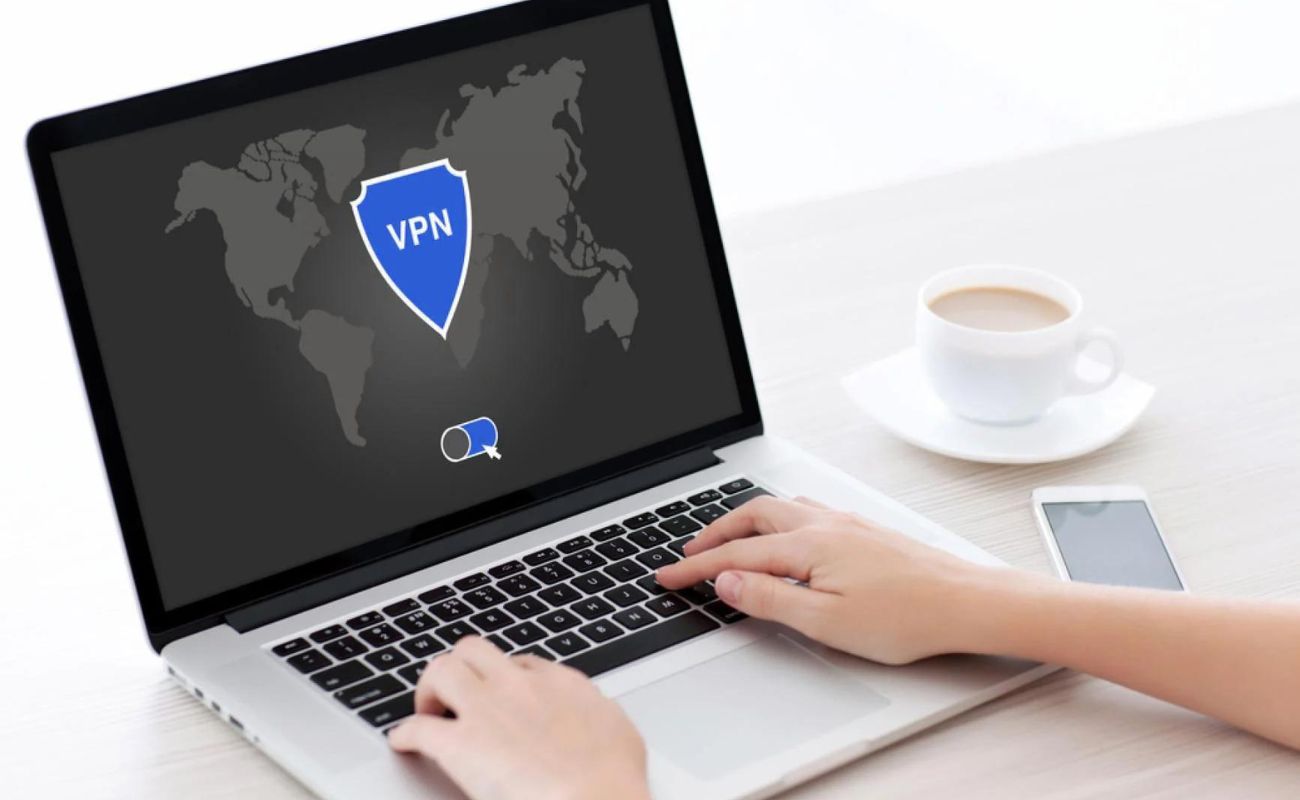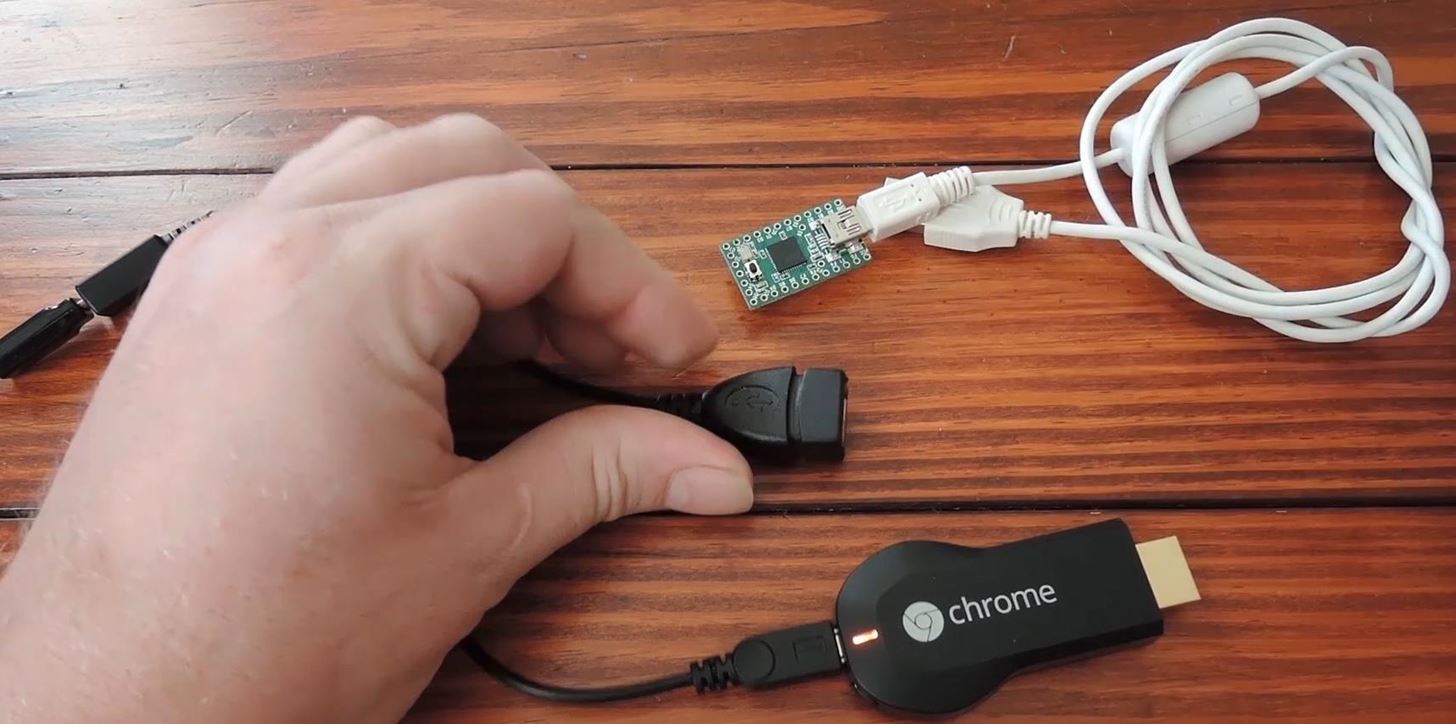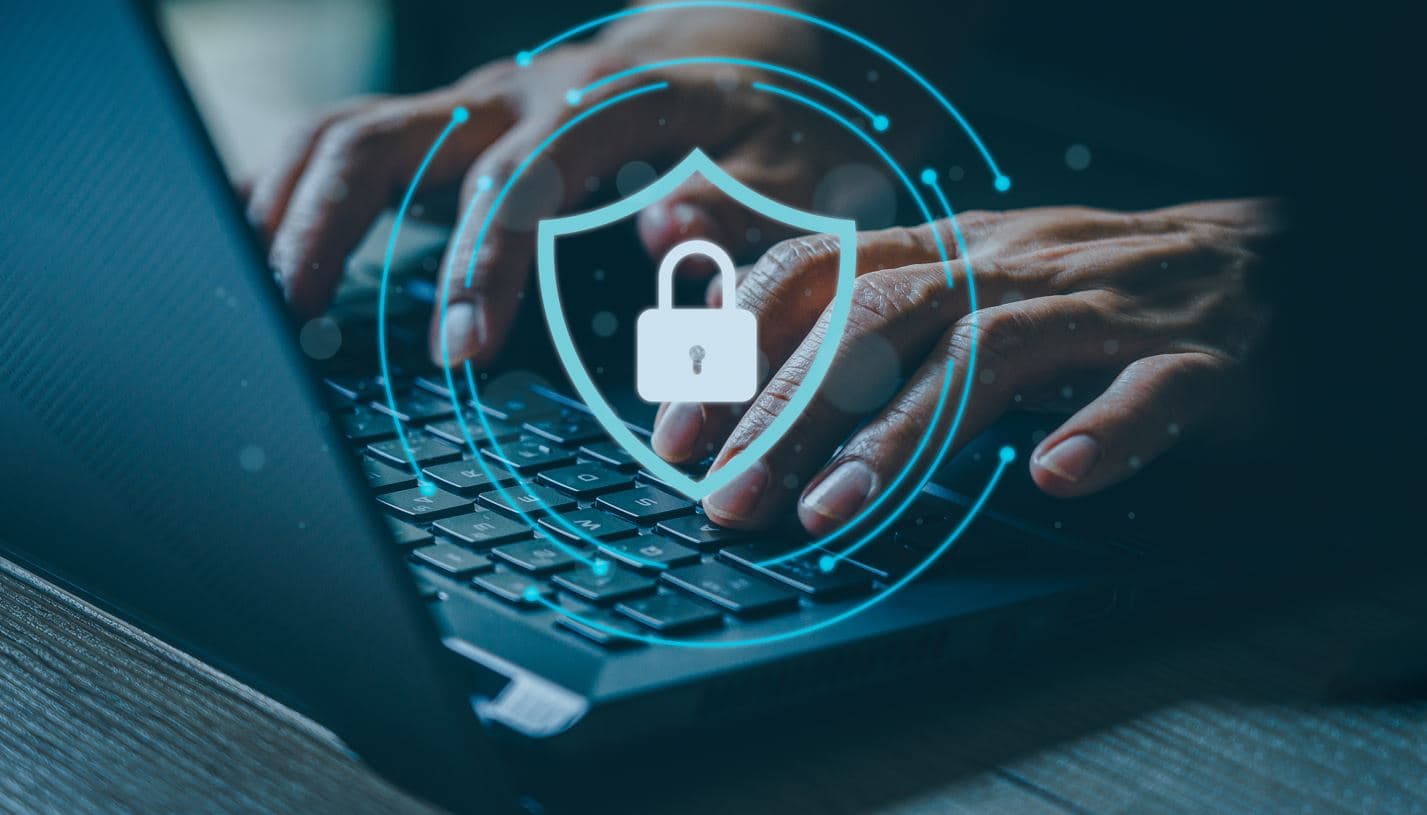Home>Software and Apps>Why Won’t My VPN Connect


Software and Apps
Why Won’t My VPN Connect
Modified: September 5, 2024
Discover common reasons why your VPN won't connect and learn troubleshooting tips for resolving the issue. Get expert advice on troubleshooting VPN connection problems. Explore solutions for VPN connection errors.
(Many of the links in this article redirect to a specific reviewed product. Your purchase of these products through affiliate links helps to generate commission for Techsplurge.com, at no extra cost. Learn more)
Troubleshooting VPN Connection Issues
To address the issue of a VPN connection failing with an AUTH_FAILED error, despite using correct credentials, consider several potential causes and solutions.
Read more: Why Does My Chromecast Keep Restarting
Server Configuration
- Check Server-Side Configuration: The issue might be with the server configuration not accepting the credentials. Ensure that the username and password are correctly configured on the server side.
OpenVPN Version
- Use Lower Version: If using a newer version of OpenVPN (like 2.6.x), it might cause connection issues. Try using an older version (like 2.5.x) which is known to work fine.
Cipher Configuration
- Update Cipher Configuration: The deprecation warning about the cipher option might indicate that you're using an older cipher. Update your configuration to use newer ciphers like AES-256-GCM or CHACHA20-POLY1305.
Permission Issues
- Run as Administrator: The error with the log file might be due to a permission issue. Try running the OpenVPN client as an administrator to see if that resolves the issue.
Read more: Why Is VPN Not Working On My Phone
Post Configuration Details
- Share Server Configuration: If the above steps do not resolve the issue, consider sharing your server-side OpenVPN configuration (with sensitive details removed) to identify any specific configuration errors.
Additional Tips for VPN Connection Issues
Internet Connection Problems
- Restart Router and Device: The most common reason for VPN connection issues is internet connection problems. Restarting your router and disconnecting your device a couple of times can help resolve this.
Expired Subscription
- Check Subscription Status: Ensure that your VPN subscription is active. If it has expired, renew it immediately.
Read more: Why Does My VPN Keep Disconnecting
DNS Issues
- Check DNS Settings: DNS issues can also cause VPN connection problems. Ensure that your DNS settings are correct and functioning properly.
By following these steps, you should be able to troubleshoot and resolve the AUTH_FAILED error when setting up a VPN connection with OpenVPN.














